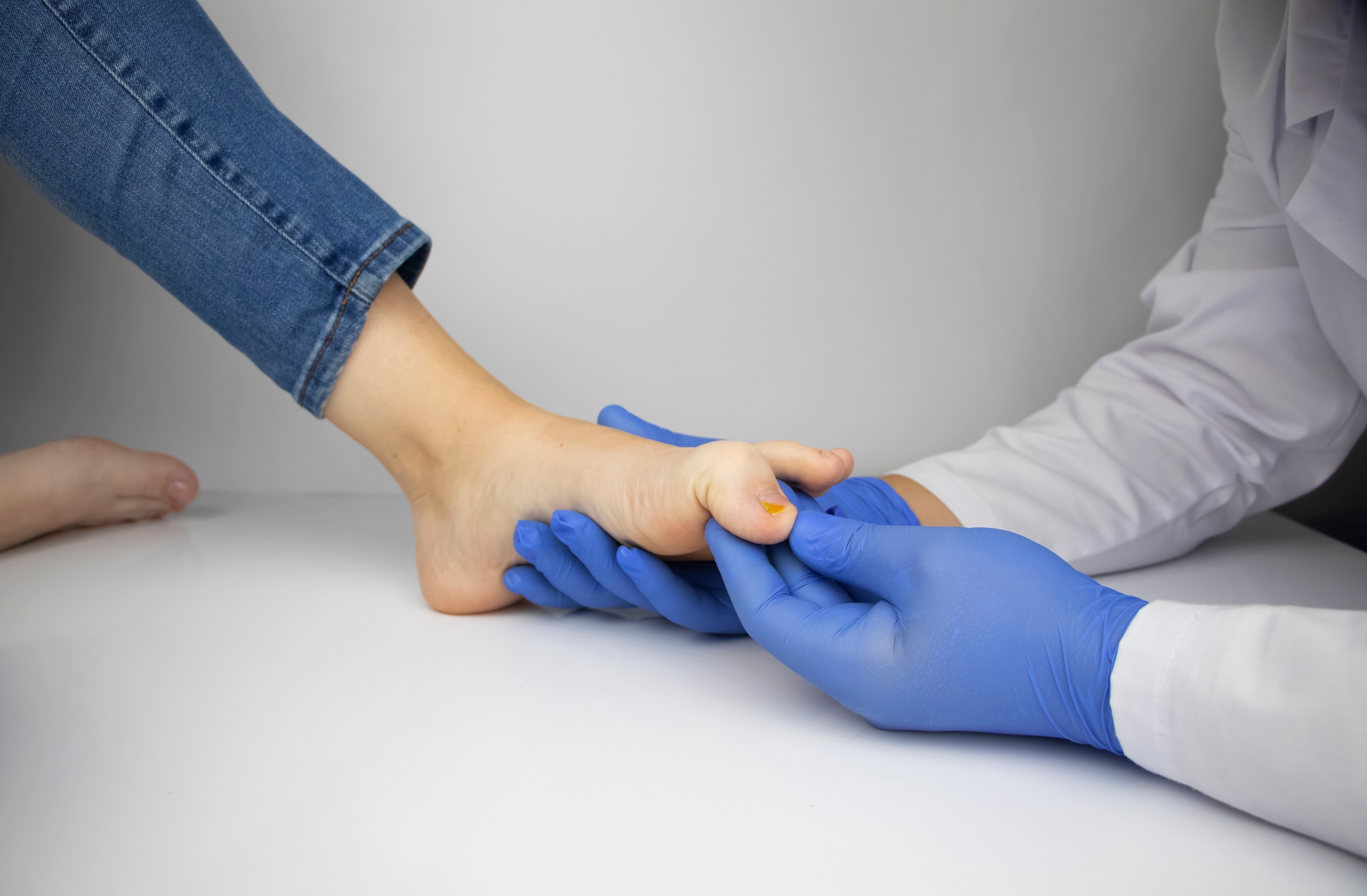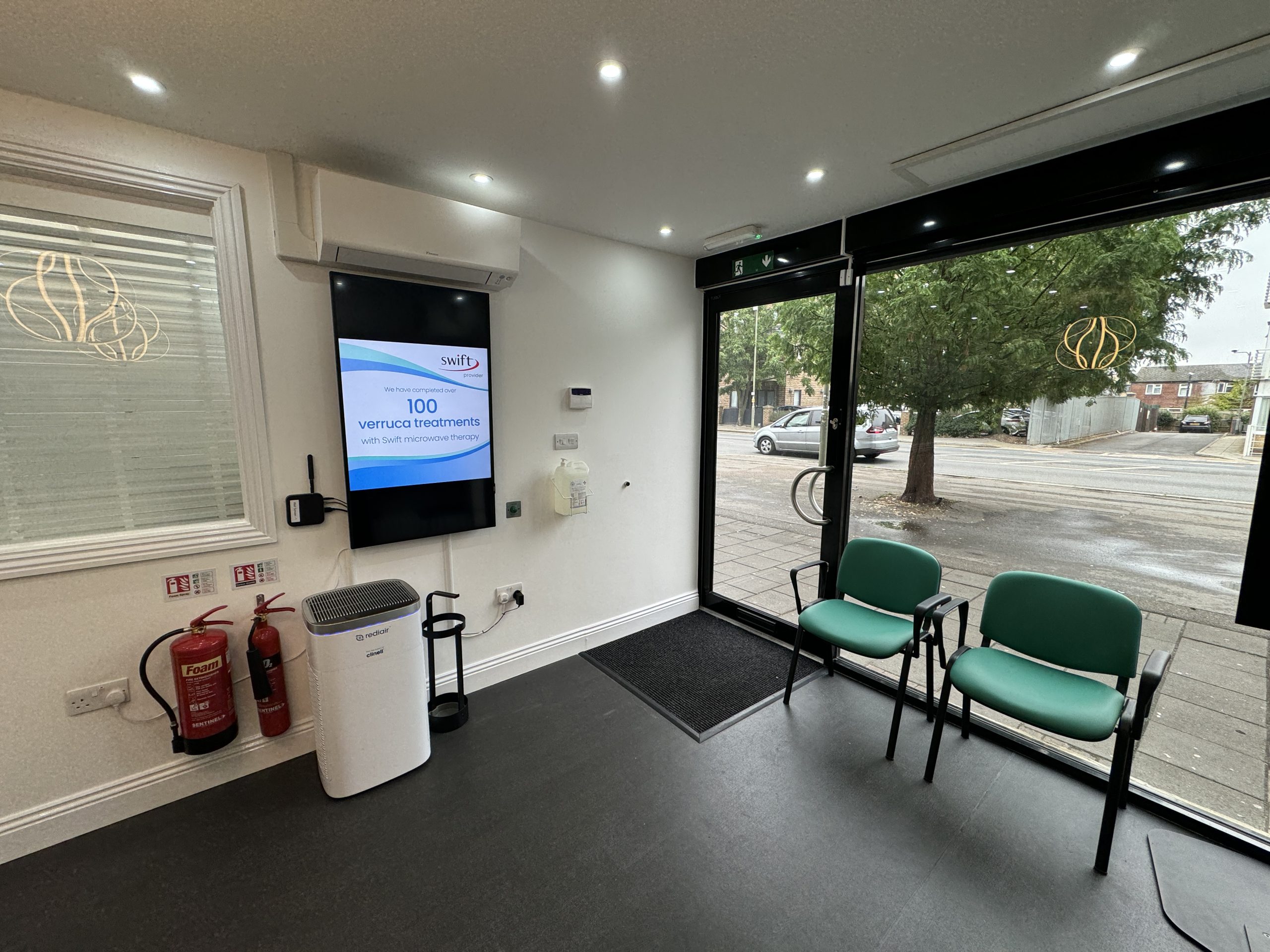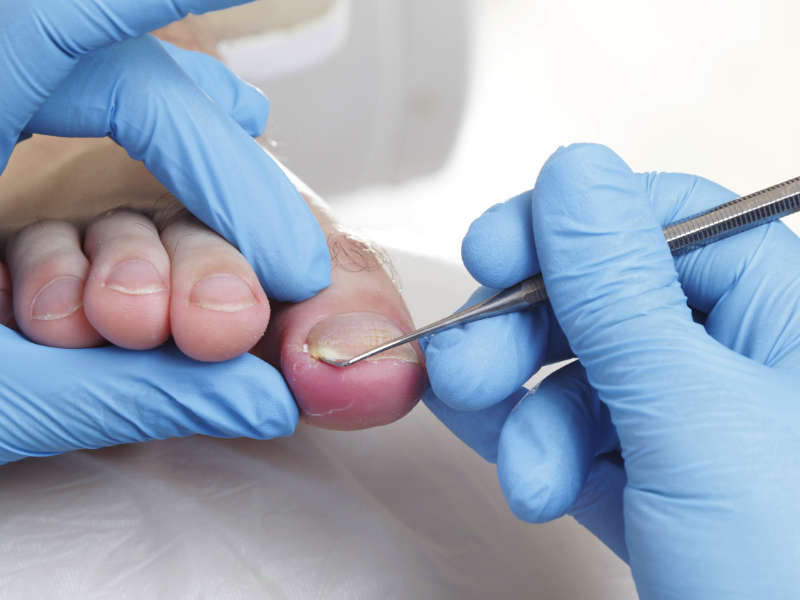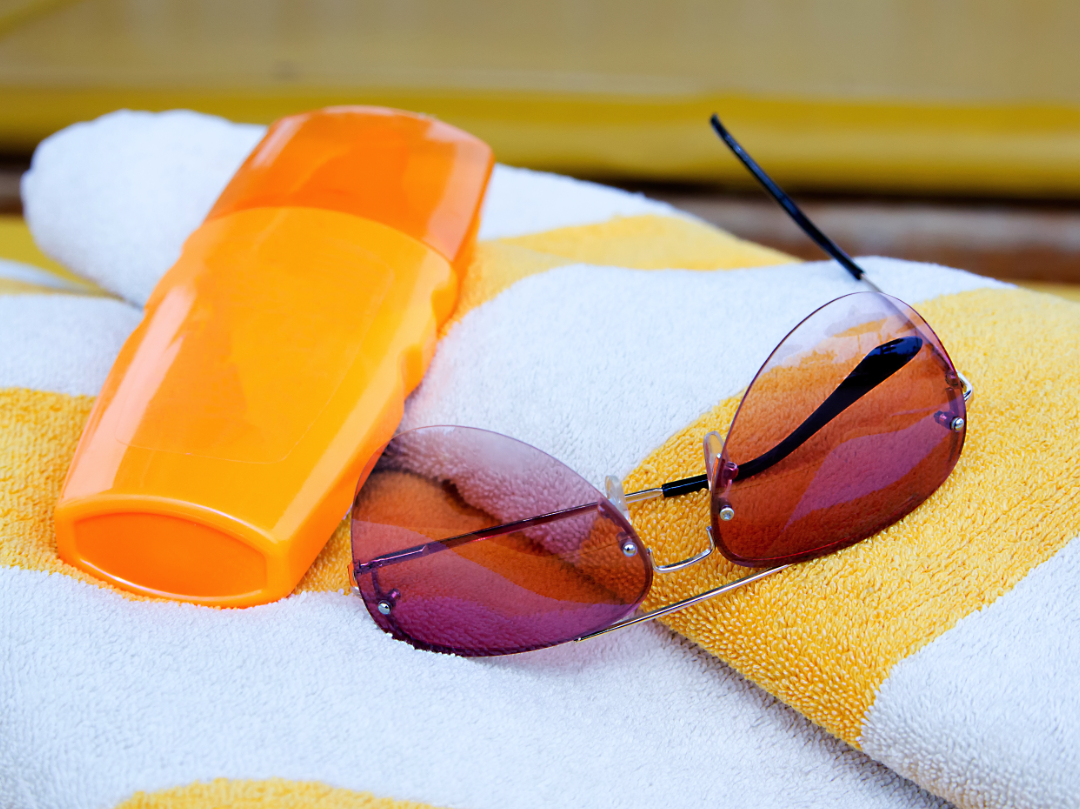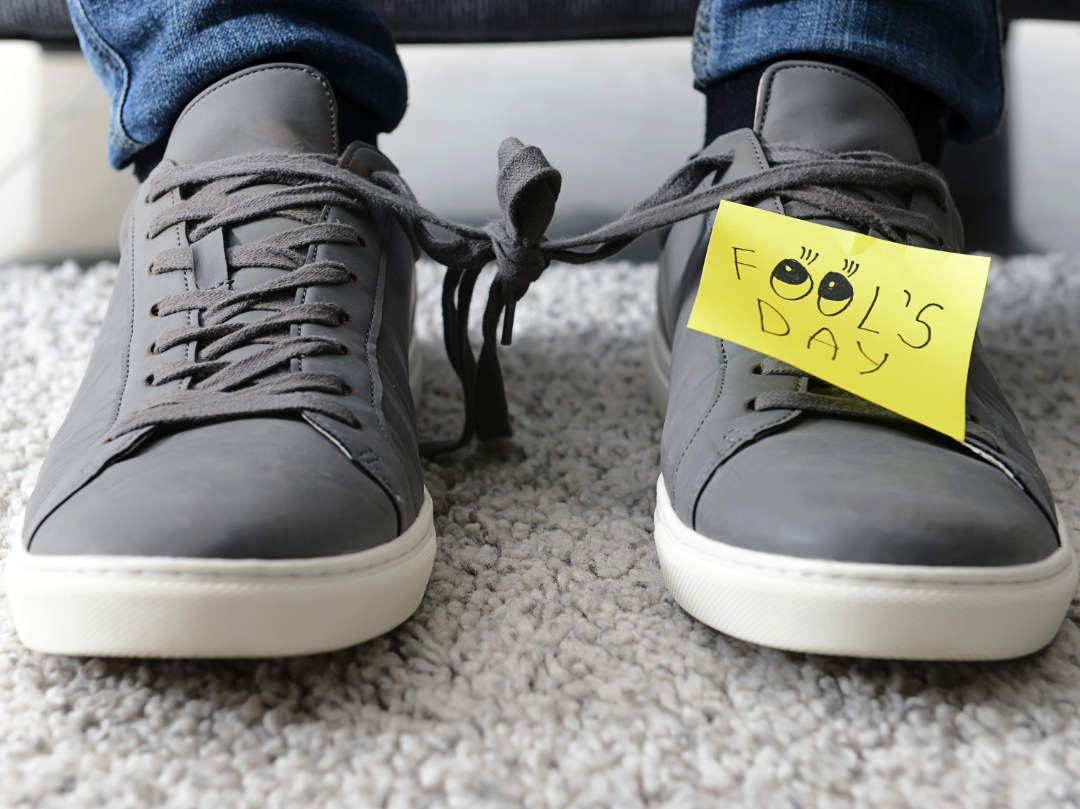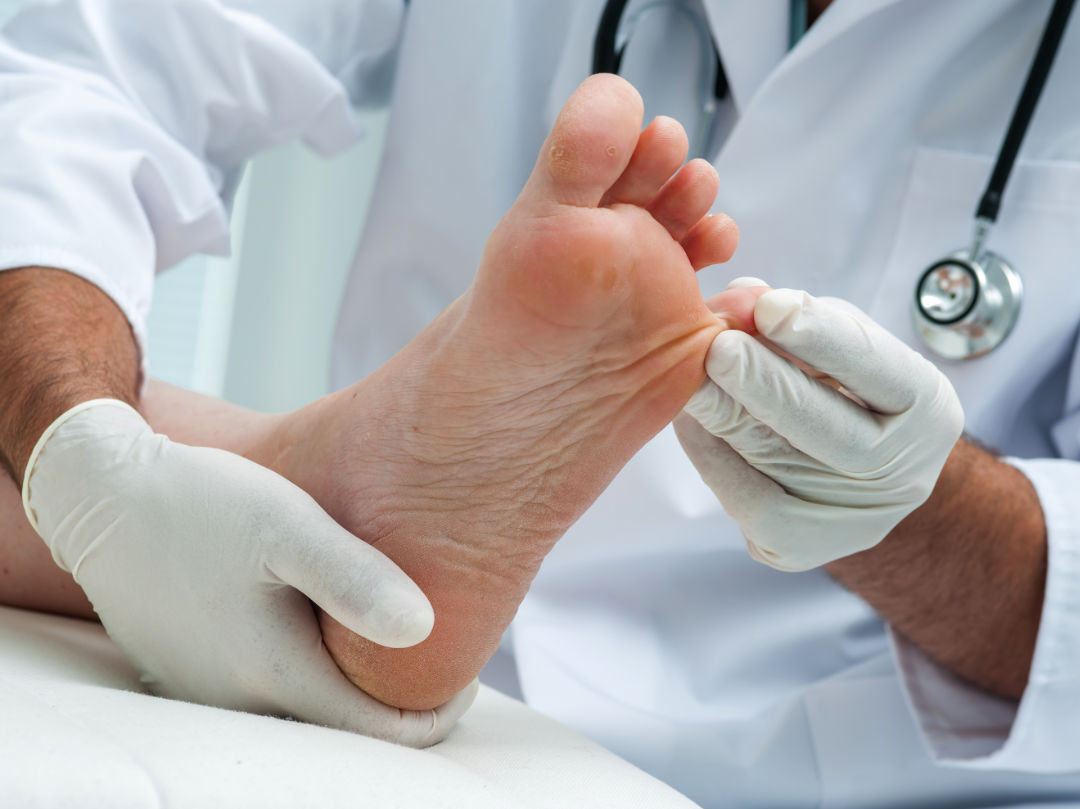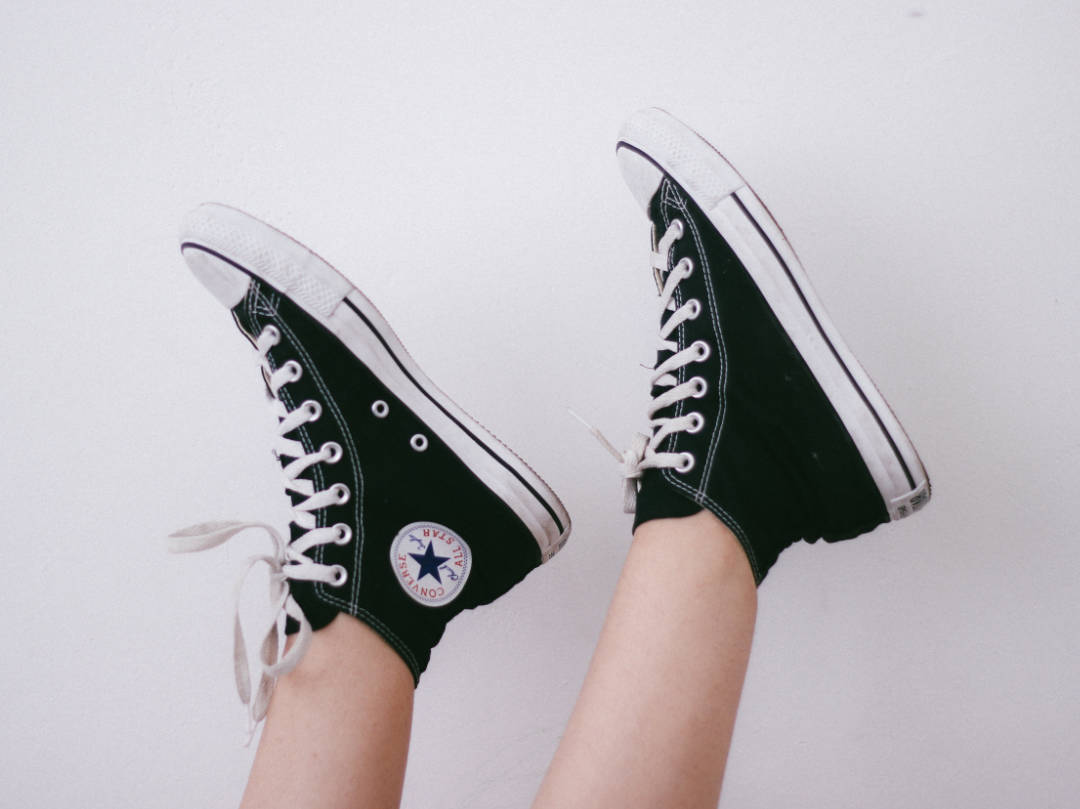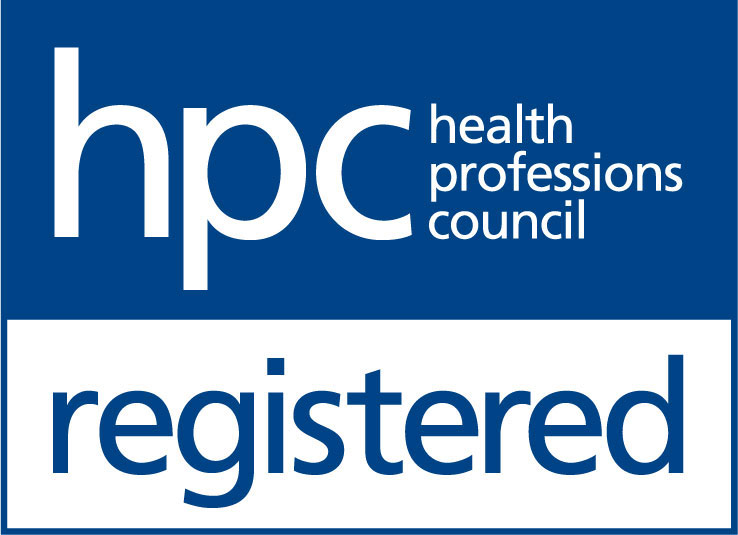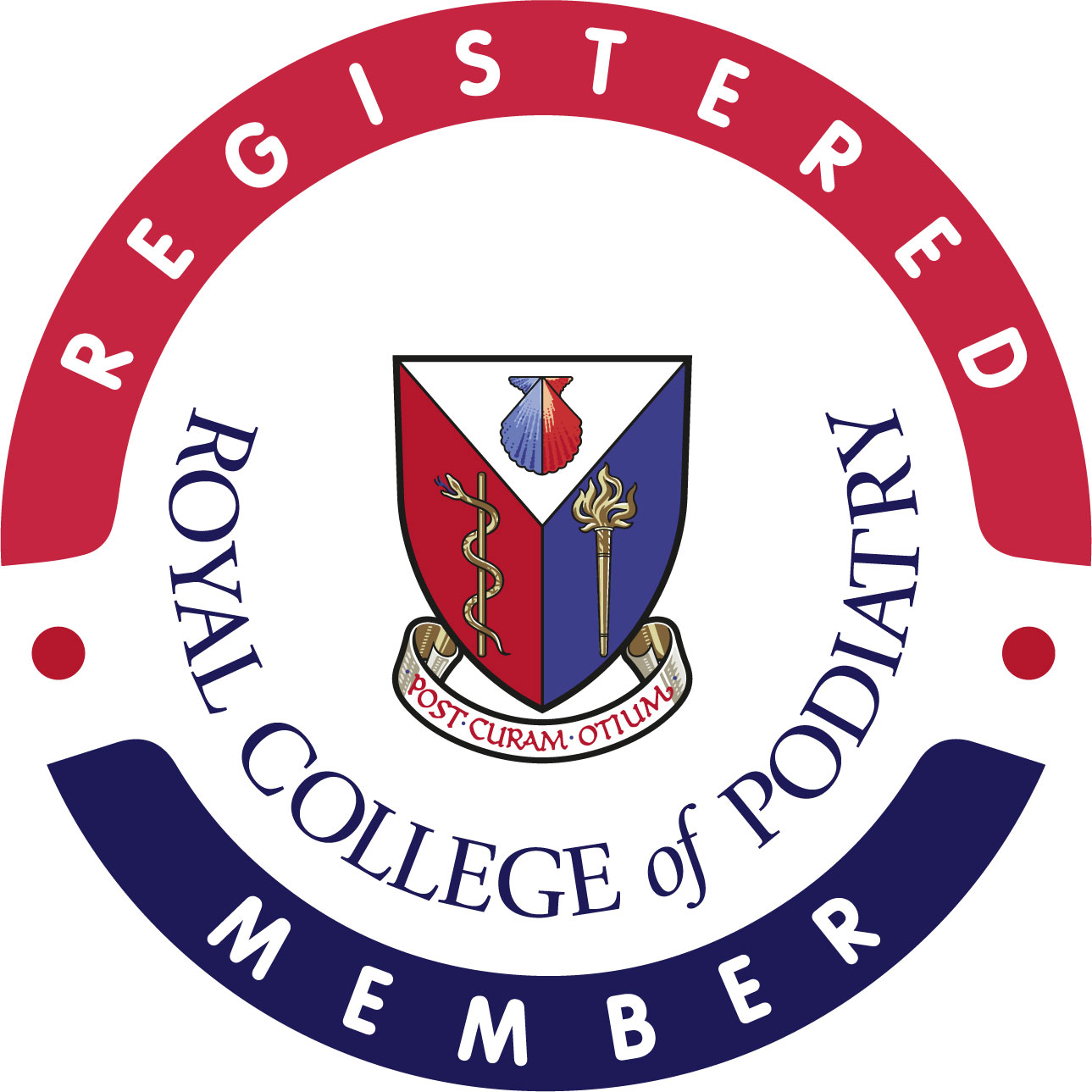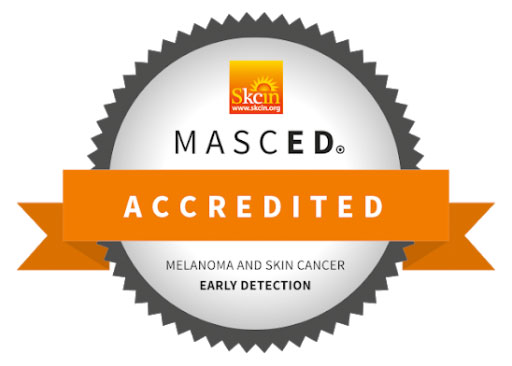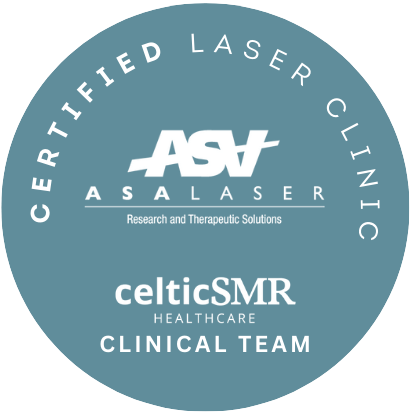![Not just a nail cut]() Learn more
Learn moreNot just a nail cut
This month’s blog highlights the importance of having your feet checked regularly by a Podiatrist and how easily we can…
![Are your feet ready for summer?]() Learn more
Learn moreAre your feet ready for summer?
At long last the summer months are nearly upon us, and I think we speak for everybody when we say,…
![Quick and Easy Solution for Ingrowing Toenails]() Learn more
Learn moreQuick and Easy Solution for Ingrowing Toenails
Ingrowing toenails are a very common occurrence within the general population. Many people believe that only women suffer from them…
![sun safety tips]() Learn more
Learn moreSafety in the Sun
As the Summer holidays approach many patients are planning on going abroad to soak up some much-needed sunshine. Whilst the…
![Don’t Be Fooled by Your Feet!]() Learn more
Learn moreDon’t Be Fooled by Your Feet!
April, a month full of fooling people. But don’t be fooled when it comes to dealing with your own injuries! …
![Verruca Prevention Tips and Treatment]() Learn more
Learn moreVerruca Prevention Tips and Treatment
Verrucas: Tips for prevention and treatment The Easter holidays are nearly upon us and for a lot of us that…
![4 Top Tips For Your Podiatry Health and Fitness Goals This New Year]() Learn more
Learn more4 Top Tips For Your Podiatry Health and Fitness Goals This New Year
It’s that time of the year again! What’s your new year’s resolution? So many of us set goals to improve…
![footwear]() Learn more
Learn moreThe Best Shoes for People Who Work on Their Feet
If you work in an environment that requires you to be on your feet all day, then you’ll know how…
![foot surgery]() Learn more
Learn more5 Things To Do After Foot Surgery
The lead up to a surgical procedure can be a daunting experience. Anyone that has had any kind of surgical…
![Foot Care for Children]() Learn more
Learn moreFoot Care for Children
Child Foot Care & Back-to-school Shoe Advice Did you know that in just six months, your child’s feet can grow…

Want to talk to us?
Whether you’re a new or existing patient, our warm and friendly team would love to hear from you, answer your questions and give advice.
Opening Times
- Monday to Friday: 9am - 6pm
- Saturday: 10am - 6pm
- Sunday: Closed




